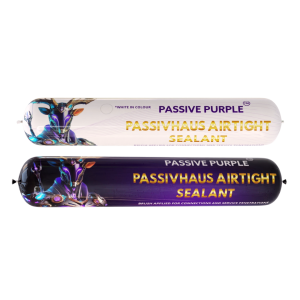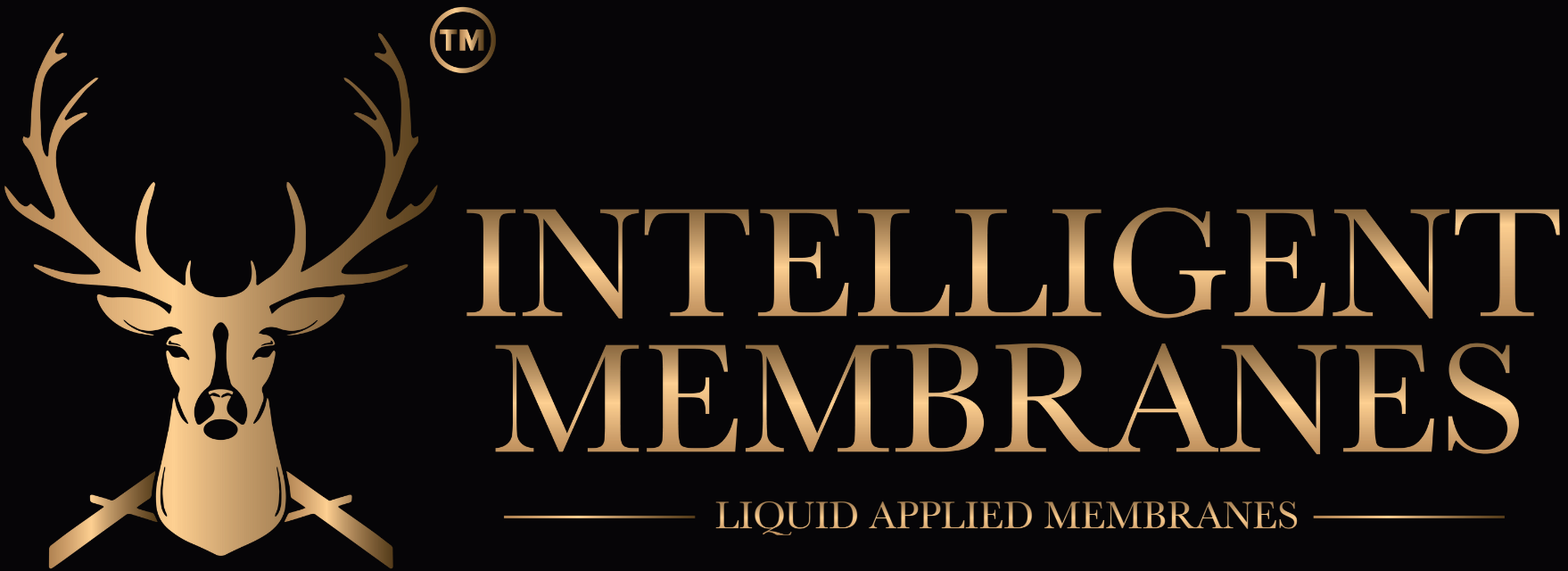8425
EnerPHit Explained – The Passivhaus Standard for Old Buildings
Written by

–
Passivhaus Standards are often talked about in relation to new builds. After all, the Passivhaus Standard is a relatively recent phenomenon, and it makes sense to ensure that new buildings are as energy efficient and environmentally friendly as possible.
The fact remains, though, that there are millions of buildings in the UK that are substandard when it comes to energy efficiency and life cycle.
The UK has set a target of reaching net zero by 2050 and making old buildings more energy efficient to reduce the need for heating systems that pollute the environment is a key part of the net zero strategy.
As a result of this, there is now a drive to retrofit older buildings to Passivhaus Standards ensuring they are fit for purpose now and for many years to come.
What Is EnerPHit?
Retrofitting older buildings to reduce carbon footprint and increase energy efficiency is not without its difficulties. There are often many hurdles to overcome related to factors such the infrastructure of the original building and construction methods used at the time.
It is generally accepted that retrofitting an old building to achieve full Passivhaus Standards is an extremely challenging task. So, another standard for this type of retrofit is now in place – EnerPHit. EnerPHit is a type of Passivhaus Standard that takes into account the limitations of retrofitting older buildings.
The Difference Between Passivhaus Standards and EnerPHit
When it comes to energy performance ratings, the Passivhaus Standard is the cream of the crop. It is internationally recognised from Europe to the USA to Southeast Asia.
To reach the Passivhaus Standard, many different criteria have to be achieved such as ventilation, airtightness and thermal comfort.
EnerPHit is similar to Passivhaus Standard but is a slightly watered-down version. It is a standard that is applied when retrofitting older buildings, considering limiting factors that make achieving full Passivhaus standards impossible.
It’s important to point out that EnerPHit is still a rigorous standard that can vastly reduce heating bills and cut down on carbon dioxide emissions.
How to Achieve The EnerPHit Standard
There are two ways to achieve the EnerPHit standard.
The first is the Energy Demand Method, which is similar to that used to measure Passivhaus Standards with one exception – energy demand requirements are graded by climate zones. For example, a cool-temperate climate zone requires a max heating demand of 25kWh/m2/year, while a warm-temperate climate requires a max heating demand of 20kWh/m2/year.
The second way to achieve the EnerPHit standard is the Building Component Method. This is where building components are rated and must achieve certain criteria in order to comply. Components taken into account include interior insulation, exterior insulation, windows, ventilation and air tightness.
Hitting the EnerPHit standard is not always possible, but taking some of the steps required to achieve EnerPHit is still a worthwhile exercise. Improving insulation, adding Passivhaus Standard doors and windows and improving air tightness can all be contributing factors in making your home more environmentally friendly and cost effective to run.
Written by
Passive Purple Editions
-

Passivhaus Airtight Sealant – 600ml
Enquire Now Below From £12.00 + VAT Select options This product has multiple variants. The options may be chosen on the product page

